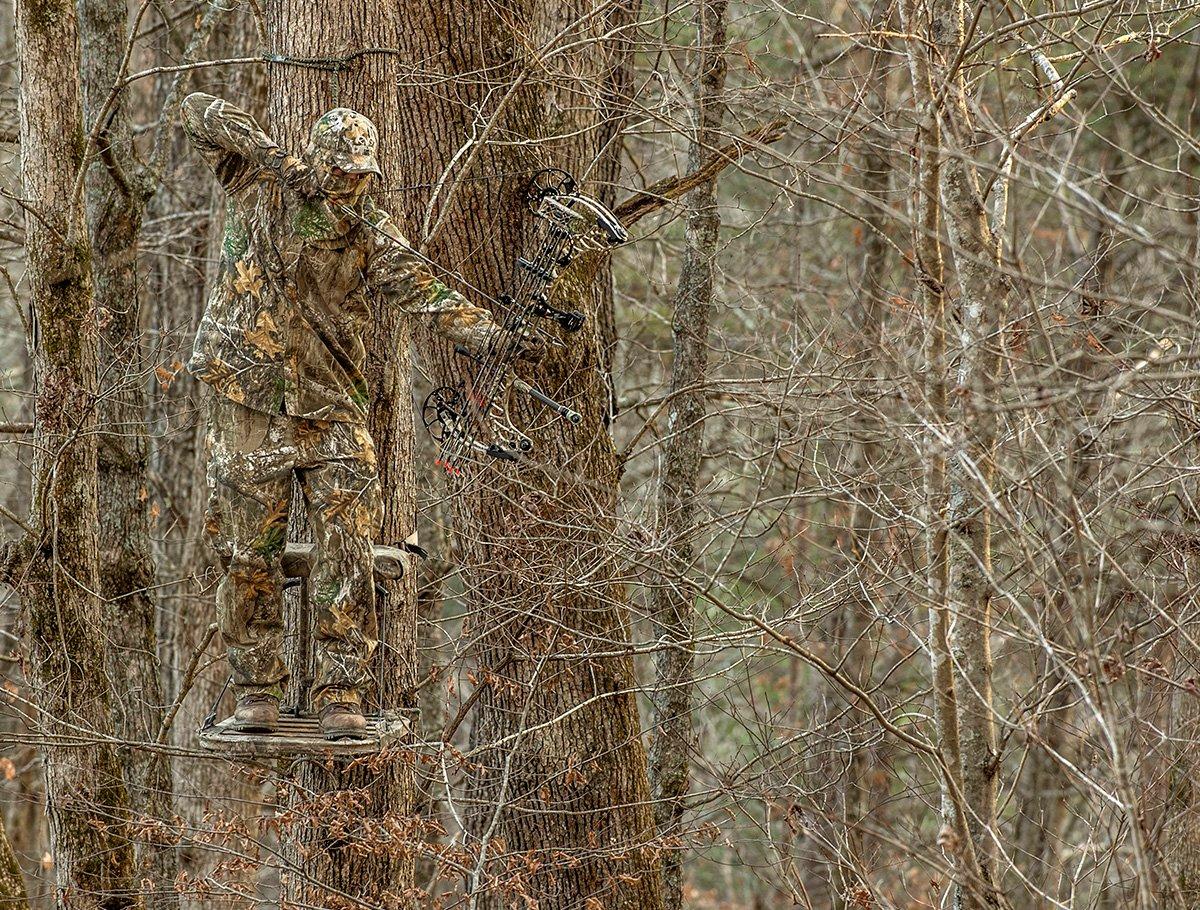As deer hunters, we learn to avoid certain areas in or near the vitals, but do we have a bigger factor to consider?
Everyone knows about no man's land. It's allegedly above the lungs and below the spine, and plenty of debating has still failed to settle that discussion. However, I've experienced a second dead zone, so to speak — low and behind the heart.
I am aware of five bucks that were hit in this area. I arrowed two of them and I know of three others hit by my friends. Of those five, only two were recovered and both after long, multi-day chases. It seems we have yet another nightmare shot location to avoid.
I believe in all these cases, the arrow went behind the heart, didn't hit the brisket, and went through the body cavity. I also believe that, with the two bucks that were recovered, the hit was farther back, which resulted in a forward paunch hit.
After field dressing hundreds of deer over the years (most of them does), I also think not all deer are formed exactly the same. They might start out similar, but some have a lot more connective tissue between the organs and the sides of the body cavity than others, which might even be the cause for the original no man's land debate.
With those deer, sometimes you have to literally rip the lungs free from the rib cage. I've seen many like this, and they comprise around 10 to 15% of the deer I've field dressed. Their lungs aren't positioned in the exact same place in the body cavity as those of deer where the lungs almost seem to free float. So, if it is possible for lung positioning to be variable? Is it also possible for other organs to take on different shapes and take up different positions?
I've seen broadheads pass through the middle of deer without killing them. I know they lived because I've seen these deer the next year. Other people have too.
I've also seen (when dressing deer) where the broadhead traveled through the paunch area and didn't cut the stomach or intestines. Apparently, there wasn't enough pressure against the blades to produce a cut, or the head created a shock wave in the organs that moved them aside as it passed.
So, it begs the question, will a diaphragm hit kill a buck? To find out, I contacted a veterinarian who specializes in livestock, including cattle, sheep and goats. He said that a cut through the diaphragm will not always kill mid-sized animals.
I was in Montana many years ago where I saw another classic mystery hit that left me scratching my head. One of the hunters came back to camp with a strange story and a video to back it up. He showed us a perfect 20-yard, 12-ring hit on a broadside whitetail. It was the perfect shot, and it was taken from a 20-foot treestand. The angle was perfect for both lungs. Upon impact, the buck jumped, ran 40 yards, and then stood behind a bush for more than an hour before walking off.
We went back the next morning, several of us, and grid searched the river bottom. One person found the buck. It was still alive in its bed. The hunter who originally shot it, dispatched the buck with another arrow. Interestingly, the deer had enough energy left to jump up and run 100 yards like it'd never been hit.
I'm not sure if that buck would have died on its own or not. It could have laid there and eventually walked off. Either way, this opened my eyes to the fact that seemingly perfect shots can sometimes produce very strange results. That deer was different. Upon field dressing the deer, we learned the arrow passed through both lungs, but didn't collapse them or hit any blood-rich areas. Somehow, it's vitals had to be different.
After decades of bowhunting, I'm convinced whitetail anatomy isn't always consistent from deer to deer. A marginal shot on one buck might not produce an identical result as the same marginal shot on a different one. This is my conclusion to mystery hits. I also think older bucks are super tough and they've been through some tough battles. Maybe it just takes more to kill them. Or, maybe vitals aren't as cookie-cutter as we commonly think.
Don't Miss: The Relationship Between Deer Density and Antler Size
Check out more stories, videos and educational how-to's on deer hunting.









